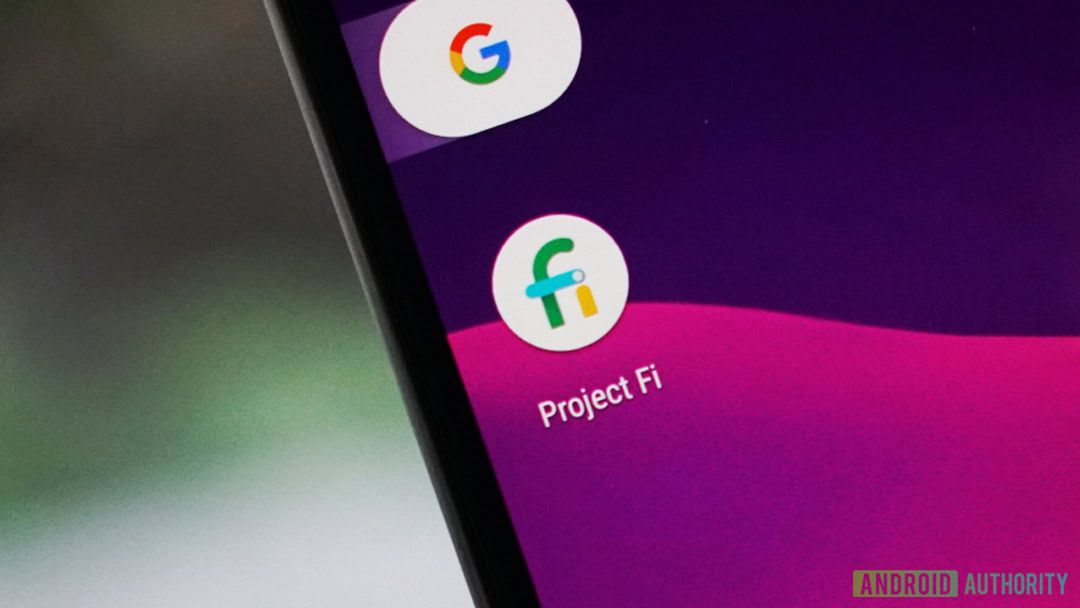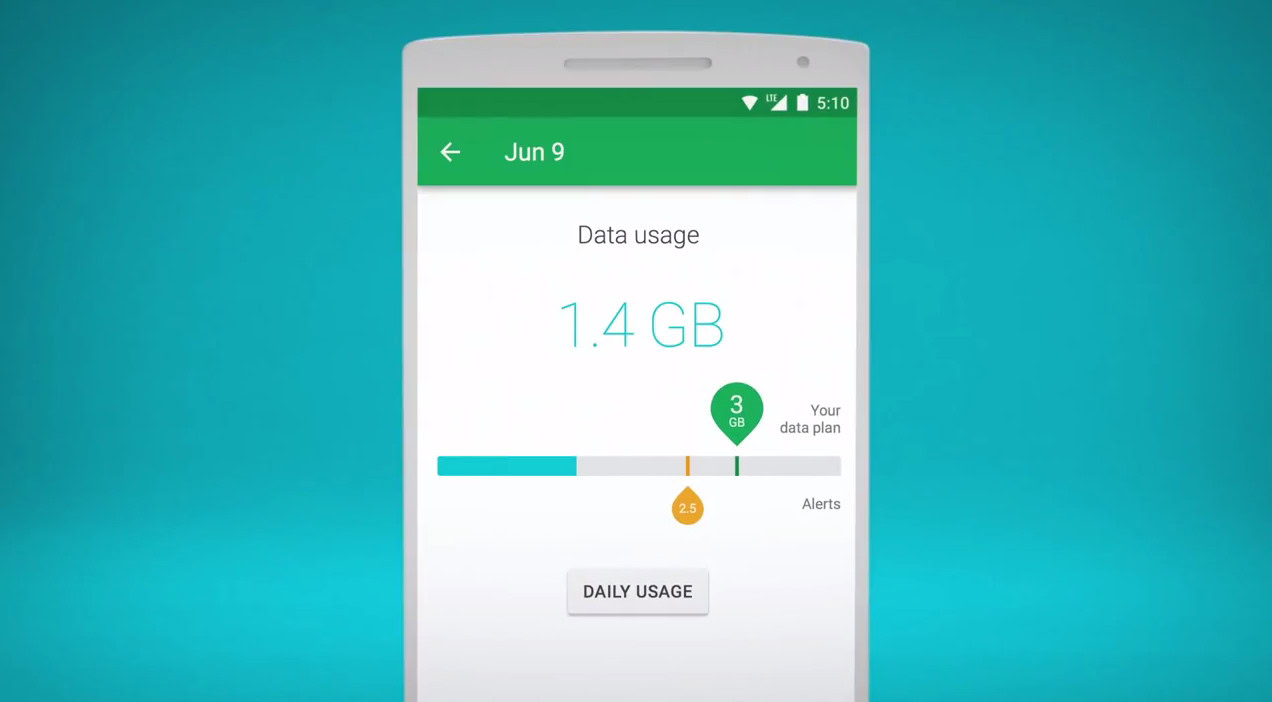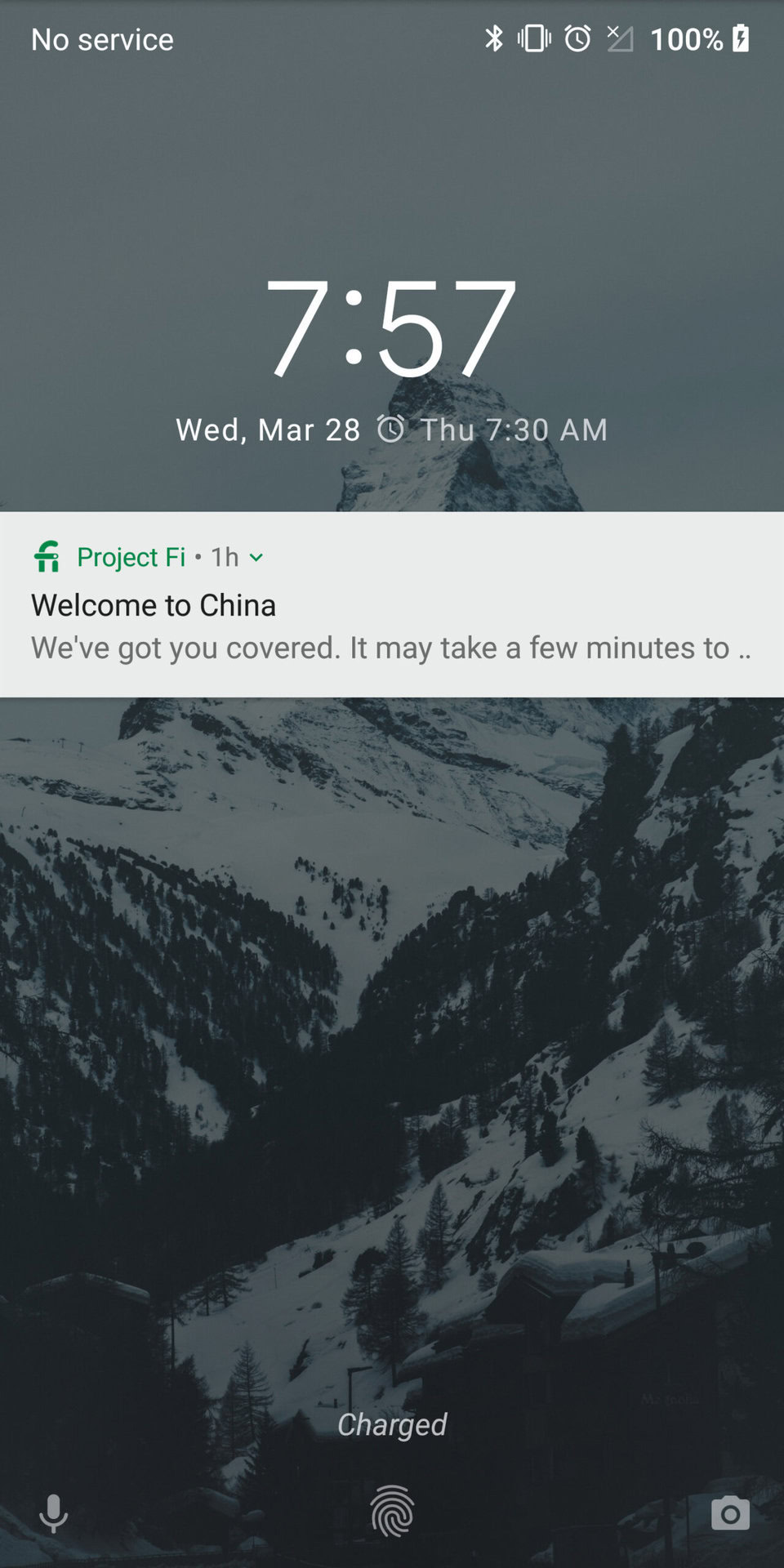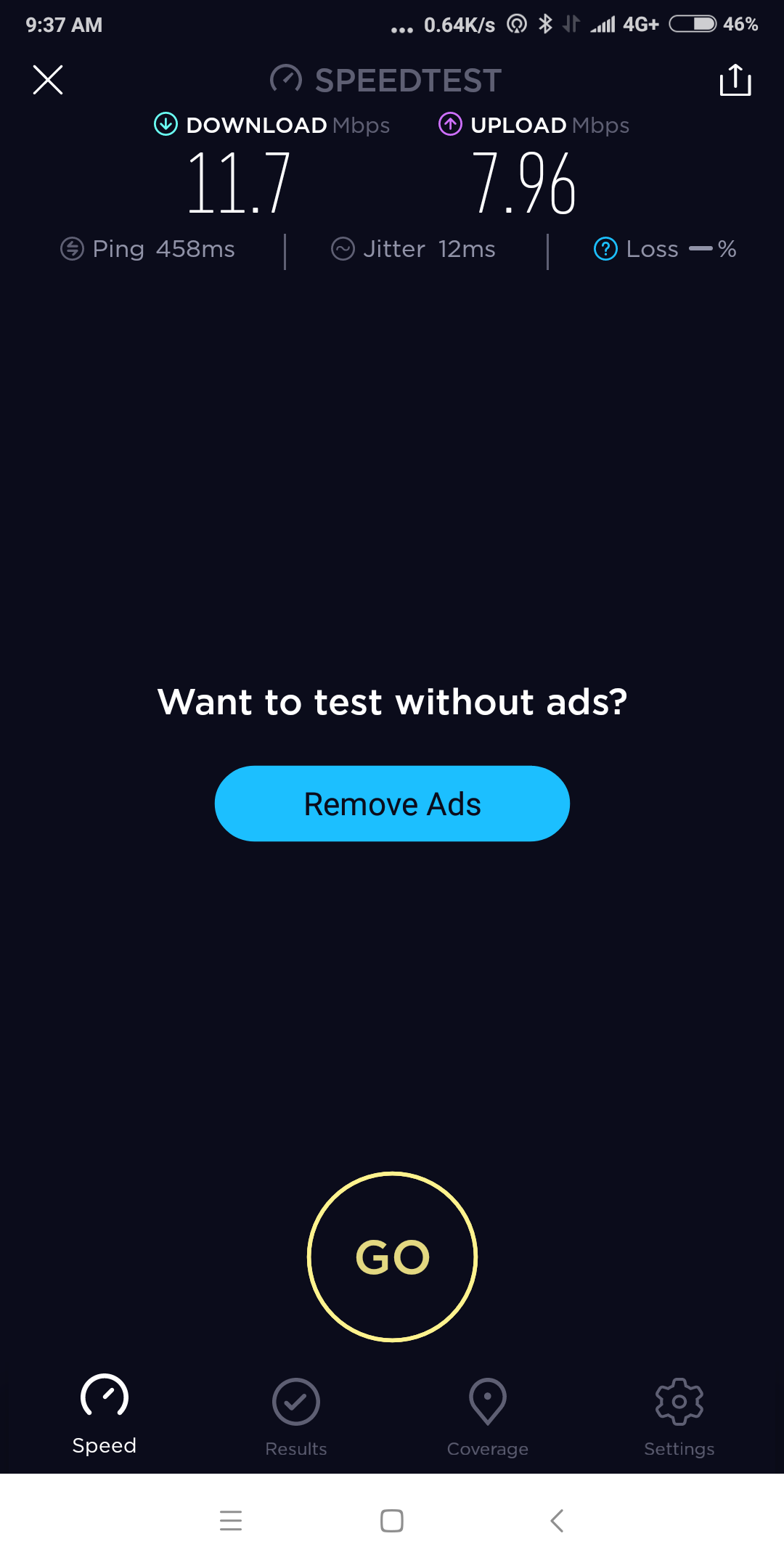Affiliate links on Android Authority may earn us a commission. Learn more.
Using Project Fi in China: Say goodbye to VPNs
In case you haven’t heard, Project Fi is Google’s own cellular plan, with which it hopes to win over frequent international travelers. With nearly unlimited data and consistent pricing in over 170 countries, you probably won’t need to go hunting for a local SIM card ever again. In the last few months, I’ve traveled to Japan, Spain, Switzerland, The Czech Republic, and now China on this service. It can be a little inconsistent outside the U.S., but Google Fi has saved me the headache of swapping out local SIMs every time I travel to a new destination: it just works.
Project Fi’s benefits really started to shine when I visited China. While it’s not all that difficult to find good Wi-Fi here, a variety of services and websites are completely blocked throughout the country including everything run by Google. Not being able to access Google services like Search, Gmail, Google Maps, YouTube, and Google Drive makes it extremely difficult for me to do my job.
If you need Google apps and so on while you travel in China, your options are essentially to either use a virtual private network (VPN), or you can grab a Project Fi SIM before you leave your home country.

A VPN essentially allows your computer to spoof its internet connection, so it looks like you’re somewhere else. It could look like you’re in Berlin, India, or even San Francisco. All that matters is that your computer or phone doesn’t know you’re in China. Unfortunately, these are pretty difficult to get a hold of in China. Many popular VPN websites are banned there, which leaves you with very few options. Using Project Fi in China, though, means you don’t have to worry about any of that. Just pop in your SIM and go (and if you have a Pixel phone, you don’t even need to have the SIM).

As a general rule, China tends to block search engines and social networks, as well as news organizations it thinks say negative things about the Chinese government. In addition to Google, you can’t access Bing, Facebook, or even sites like Time. For those who grew up in mainland China, this probably isn’t a huge issue — those users are likely already accustomed to the alternatives. For the large portion of the rest of the world who rely on these services, however, lack of access can be a major issue.
Read Next: Phones compatible with Google Fi: What are your options?
So why does Project Fi have special permissions to get around all this? If Google is using local networks to achieve data service all over the world, how is it that they’re able to bypass this censorship while everyone else has to live with it?

The leading theory is Google struck some sort of deal with China Unicom to allow Fi users to get 4G speeds just about anywhere in China, without any blockades. Why aren’t Fi users subject to the Great Firewall? If Google advertised Fi to “Work anywhere in the world” and their own services were blocked in a huge region of Asia, they would have a big branding issue on their hands. After all, you can’t buy a Google Fi SIM in China, so the only people using it are foreigners.
I’ve reached out to the Project Fi team to verify these rumors, and I will update this post when I hear back. Until then, I’m just glad I have the ability to do something like this, no matter how it works.
Project Fi's simple user interface and no-frills pricing structure made me completely reconsider my wireless provider.
The user experience of Fi really couldn’t be much better, either. Every time you enter a new country Google sends you a notification welcoming you to that country, and lets you know that it might take a few minutes for data to kick in. This even happens when flying over different countries with cellular data disabled. I got a notification while passing over Russia before landing in my final destination. Google is still triangulating where you are even if you have no service turned on. While this isn’t exactly a breakthrough feature, it’s a nice little welcome to a new location.
When I entered China, I got the same notification as usual, and it was off to the races. No strange conditions to accept. No weird warnings. Nothing. Service dropped out once and I had to restart my phone to get it back, but that’s a small price to pay for the benefit of using it anywhere.


Speeds were good, but not great. While in Shenzhen I got much better upload speeds than download speeds, but I suspect that is because Schenzhen is an incredibly dense city, approaching 11 million inhabitants. I had Josh run a speed test while he was in Hong Kong for the Xiaomi Mi Mix 2s launch, and the results returned 11.7mbps down and 7.96mbps up. This isn’t the fastest speed ever reported on a 4G network by a long shot, but it’s pretty good for that area.
Another benefit of using Project Fi in China is its compatibility with other devices. You have to activate the SIM on a Pixel or other Fi-supported device, but any phone that supports GSM connectivity can use it, with some limitations. In a Fi-supported device like the Pixel 2 or Moto X4, the phone can intelligently switch between T-Mobile, Sprint, and UScellular in the U.S., depending on which network has the best connection. On other devices, it will only use T-Mobile’s network. This isn’t an issue if you live somewhere with good coverage from that carrier, but some more rural areas only have one or two options to choose from.

Because of that compatibility, I’m able to fly to places like China and pop it into any phone I like. This was especially useful during my time in Shenzhen, because I was able to start reviewing the OPPO R15 as soon as I had it in my hands. Those little benefits add up to enormous potential in my work as well as my life, and ultimately make me much more content with paying $80 a month for the service.

“$80 a month? I thought it was much cheaper!” you might have just exclaimed. Well, it absolutely can be. You pay $20 per month for unlimited texting and calling domestically, and another $10 for every gigabyte of data you use. You will never pay more than $60 domestically since your data is free after 6GB of use. Google will start throttling your speeds once you hit 15GB of data used in one month, but unless you’re like me and uploading YouTube videos over cellular data, you probably won’t hit that cap very often.
Don’t miss: Google Project Fi plans: What are your best options?
If you’re hanging out in other countries, Project Fi charges you 20 cents per minute that you talk, which is fairly cheap considering the cost of many international calling plans. Unless you’re having a multi-hour conversation without using Wi-Fi calling, you should be just fine.

Overall, Project Fi is a lifesaver for me when traveling overseas. Being able to avoid looking for a regional SIM card is a huge benefit, and I can continue to text and call with the number I’ve had since I was 12. Add that to the fact that I can work unrestricted in any of the more than 170 countries the service supports, and you’ve got a winner in my book.
Have you ever tried Project Fi in China or any other country for that matter? What do you think of the service? I would love to hear your thoughts in the comments section below.